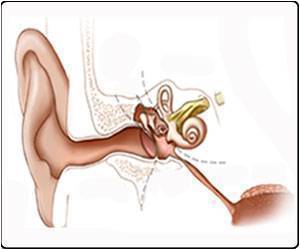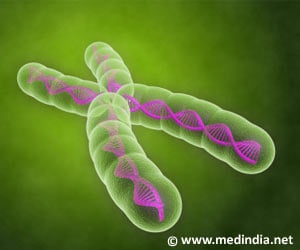Groundbreaking new information about how the body responds to traumatic injury was uncovered by researchers.

The scientists examined opioid function at sites of pain modulation in the spinal cord. When the opioids act at opioid receptor proteins, they 'put the brakes' on the transmission of pain signals to the brain.
Researchers have known for a while that blocking opioid receptors can increase the intensity of acute pain -- the pain occurring immediately after injury.
To simulate human injury, the researchers produced inflammation, or skin incision, in a mouse model, then waited several weeks for signs of pain-like behaviors to subside.
They then administered opioid receptor blockers, effectively halting the pain-relieving actions of the opioid system. When the opioid system (which the authors use the term MORCA, for mu opioid receptor constitutive activity) was blocked, the mice reverted to a set of behaviors associated with the experience of pain.
Surprisingly, they also experienced symptoms similar to the known effects of opioid withdrawal in the drug addict: tremor, jumping and shakiness. These results were observed even up to six and a half months after pain had seemingly resolved. The long-lasting nature of the phenomenon suggests that endogenous opioid analgesia silently continues long after an injury has healed.
Advertisement
Source-ANI












